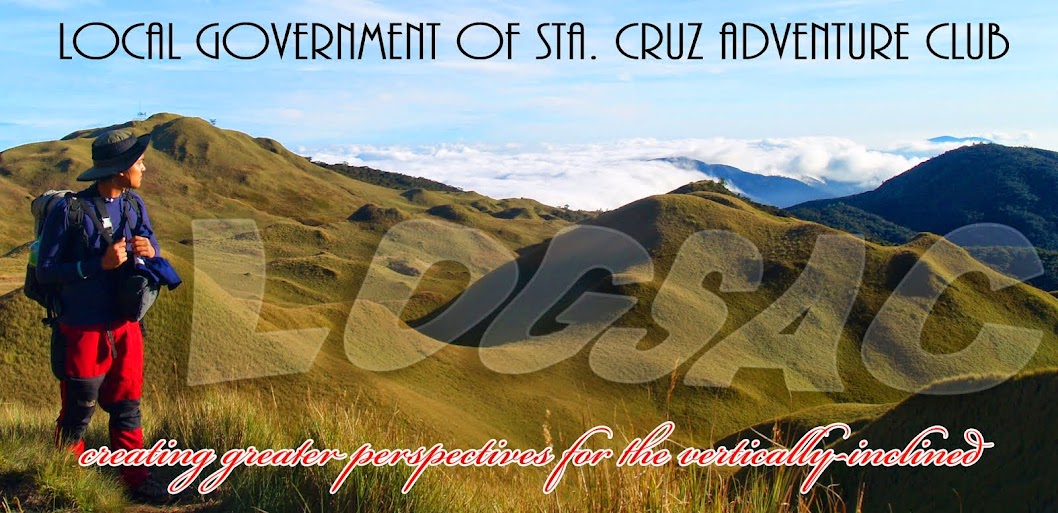On
August 26 I visited sitio Colan for a customary monitoring routine every long
weekend. Instead of the usual desander climb I took the other route to witness
several attractions of the upstream portion of Baruring River. With me was
Artur, the Sibulan Porters Association's President.
Little
did I know that Colan could be a very good adventure tour destination for a day
or two. Just a little over 5 minutes from desander we saw the pristine Colan
River in its finest state as it is spared from obliteration, perhaps the only
one left in the area. A cold stream is being intersected by the hot river
accumulated from the spring that flows directly from the volcanic waterways
above Colan. The magnificent blue water was mixed with brown color from a
distant channel, good enough for a transitional range of vision.
Over
at the eastern part of the river is a three-layered waterfalls being laid out
in a verdant setting of Colan’s tropical rainforest. The highest part is
estimated 30 feet. Artur told me that a lot of locals have been visiting the waterfalls
already and the land possessor where the waterfalls belong is bent on
developing the area to cater to a wider audience.
As
we trekked further we reached sitio Mararag. Situated just a hill apart from Tumpis,
Mararag is a vast farmland planted with high value vegetables and abaca. Sitio
Bolyo is another area bordering Mararag, a site that offered us vantage point
of the scenic Kapatagan mountain range. Bolyo is a name derived from a local
water source in Colan.
A
short trek from Bolyo brought me back to Palaka Hot Spring, one of the three
hot springs in Colan. My last visit to this site was way back 2002 and I was
amazed by how this attraction retained its natural characteristic. We followed the
hot water trail from Palaka and reached another good site, the more-popular
Mundo Apo Hot Spring.
Our 2-hour trek with
Artur enabled me to document few good reasons to visit Colan other than
climbing Mt. Apo. For those who love to commune with nature without unleashing
so much physical strain I suggest you take this foothills loop in Colan and I
am pretty sure you will be rewarded with its wonderful attractions.




















